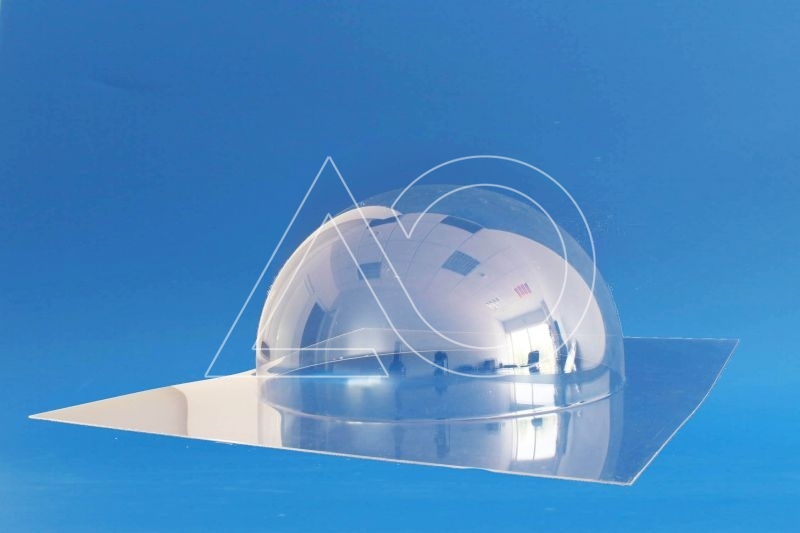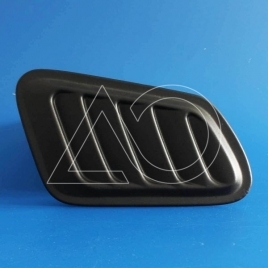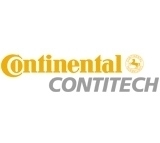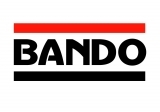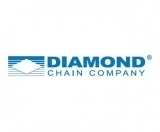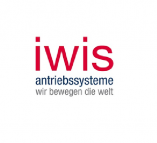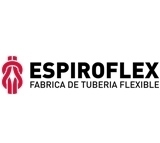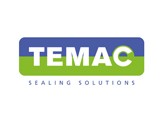Thermoforming and Vaccum forming
Thermoforming is a manufacturing process where a plastic sheet is heated to a pliable forming temperature, formed to a specific shape in a mold, and trimmed to create a usable product. This process results in a stress free detailed plastic part that allows you the freedom of changing wall thicknesses and material properties without costly tooling changes. Also thermoforming is a more financially viable alternative for larger, lower volume parts. Comparing reduced prototype and production tooling costs - thermoforming provides a much faster product development time.
Vacuum forming is a simplified version of thermoforming, whereby a sheet of plastic is heated to a forming temperature, stretched onto a single-surface mold, and forced against the mold by a vacuum is formed into permanent objects such as turnpike signs and protective covers. The vacuum pulls the malleable plastic tightly over or into the mold, so that the resulting part be fully detailed.
A variety of thermoplastic materials can be used in these processes, including the following:
- Acrylic (PMMA)
- Polystyrene (PS)
- Polyvinyl Chloride (PVC)
- High Density Polyethylene (HDPE)
- Polypropylene (PP)
- Acrylonitrile Butadiene Styrene (ABS)
Application:
Thermoforming process is used for variety of applications, for example, food packaging, automotive parts, trays, building products and aircraft windscreens. Thick gauge parts are used as cosmetic surfaces on permanent structures such as trucks, medical equipment, material handling equipment, electrical and electronic equipment, spas and shower enclosures, vehicle door and dash panels, refrigerator liners, utility vehicle beds, and plastic pallets.
We offering:
- Used in the outside advertising and architecture, volumetric letters and (3D) three-dimensional images;
- Packaging, shaped boxes and inserts.
- Plastic toys, radio controlled scale models, the production of aquarium covers and etc.

